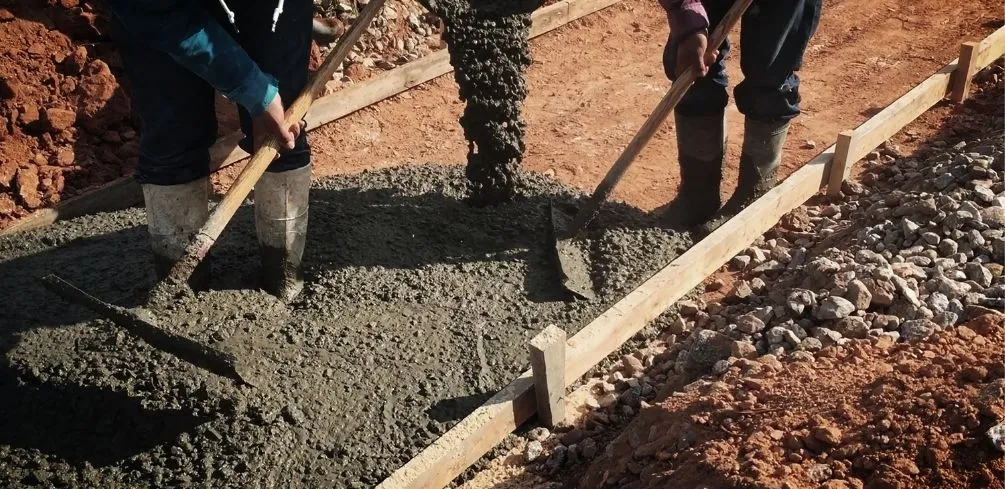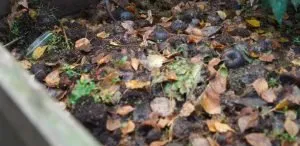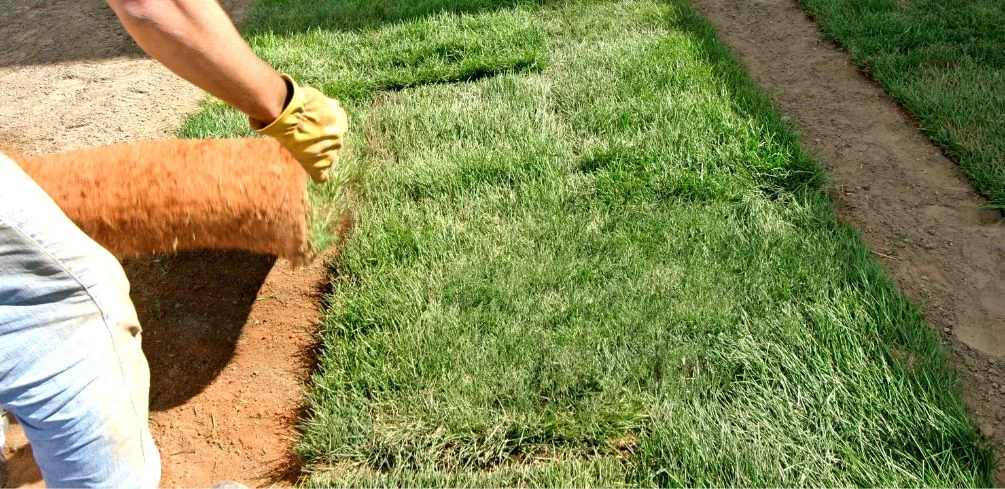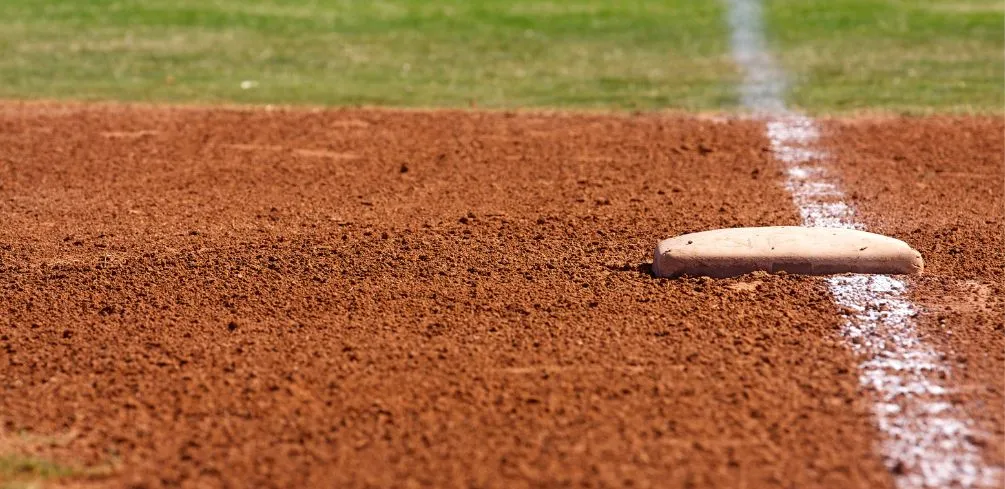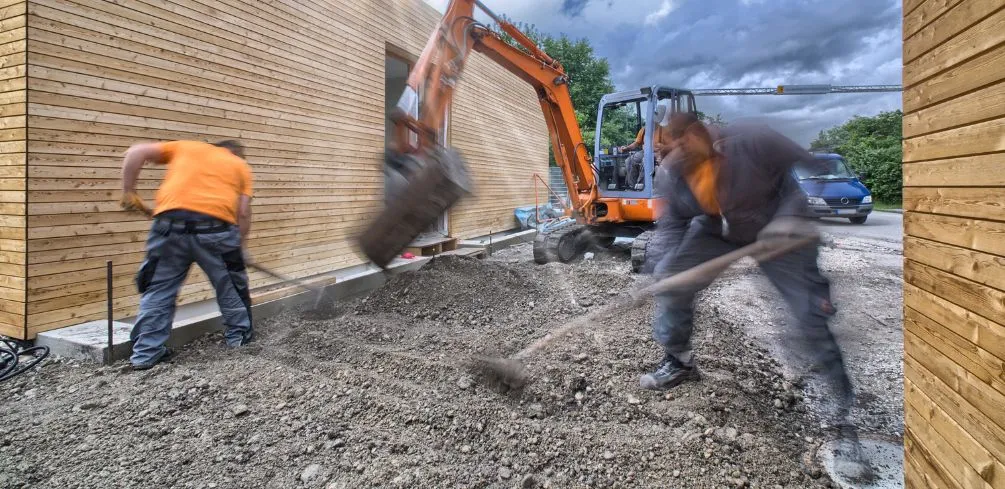Do you have an outdoor project that calls for concrete but doesn’t want to go through excavating and grading the area? You may be wondering if you can pour concrete directly on the dirt.
Unfortunately, the answer is no. Pouring concrete on dirt is not a sound foundation for your concrete slab or other outdoor projects. The ground needs to be level and compacted to have a stable surface to rest on. Otherwise, your concrete could crack or sink.
Why You Can’t Pour Concrete on Dirt
There are a few reasons why pouring concrete on dirt is not recommended. They include:
The Ground is Not Stable To Hold the Weight of Concrete
The ground isn’t always stable enough to hold the weight of concrete, which is why you can’t pour concrete on dirt. The soils in many parts of the country are not strong enough to support the weight of concrete, and the ground can shift or settle over time.
This can cause cracks in the concrete and potentially damage your foundation. If you pour concrete on dirt, you run the risk of cracking and breaking, which can be a costly repair.
It’s simply not worth the risk to pour concrete on dirt when so many other options are available.
Dirt Tends to Hold Moisture
Dirt holds moisture, which can adversely affect the curing process of your concrete, leading to cracking or other issues. Moisture causes the concrete to cure too slowly, and as it dries, it shrinks.
This can cause the surface of the concrete to crack as it pulls away from the sides of the forms.
Voids Due to Organic Matter
When pouring concrete, it’s important to have a solid foundation that will give your concrete a firm surface to set on. If you pour concrete on dirt, there’s a risk that the organic material in the dirt will decompose and cause voids in your finished concrete.
Also, as the organic material decomposes, it can release methane gas that can cause your concrete to crack and crumble. In addition, dirt can contain organic matter that can break down and release sulfuric acids.
These acids can eat away at the concrete, causing it to weaken and crumble. Therefore, it’s best to avoid pouring concrete on dirt to prevent these issues.
Discoloration Due to Organic Matter
One of the most common reasons you can’t pour concrete on dirt is discoloration. When organic matter, such as leaves and twigs, decompose, they release tannins that cause concrete to discolor.
Tannins are water-soluble, meaning they can leach out of the decomposing matter and into the concrete. Once tannins come into contact with concrete, they react with the calcium hydroxide to form a dark brown or black stain.
While this discoloration is usually not harmful to the concrete, it can be unsightly and difficult to remove.
Can Promote the Growth of Mold and Mildew
Mold and mildew can pose serious health risks to humans, and they thrive in damp, dark environments. When concrete is poured on dirt, it provides the perfect conditions for mold and mildew to grow.
The dirt traps moisture beneath the concrete, creating a dark and humid environment where mold and mildew can flourish. In addition, concrete is a porous material that allows water to seep through it.
This means that even if the concrete surface appears dry, there may be moisture present beneath the surface that is ideal for mold growth. For these reasons, it is important to avoid pouring concrete on the dirt.
If you must pour concrete on dirt, be sure to take precautions to prevent mold and mildew growth, such as using a vapor barrier or sealing the concrete surface.
Risk Termites and Other Pests Infestation
Pouring concrete on dirt is a recipe for disaster. Not only is it difficult to achieve a level surface, but there is also the risk of termites and other pests infesting the concrete.
The soil provides an ideal environment for these pests, and they can quickly tunnel through the concrete, causing extensive damage. In addition, when concrete is poured on dirt, it provides a hiding place for pests.
Once the concrete is in place, it can be difficult to spot these pests, and they can cause serious damage before you even realize they’re there.
Precautions When Pouring Concrete on Dirt
If you must pour concrete on dirt, there are some precautions you can take to minimize the risks. They include:
Compact the dirt: When pouring concrete on dirt, it is important to compact the dirt first to prevent the concrete from cracking or sinking as it dries. There are a few different ways to compact dirt, such as using a plate compactor or a hand tamp.
Whichever method you choose, be sure to evenly compact the entire area where the concrete will be poured. Once the dirt is compacted, you can then pour the concrete.
Use a moisture barrier: One way to protect your concrete from moisture damage is to install a moisture barrier. This can be as simple as a layer of plastic sheeting between the dirt and the concrete.
The barrier will prevent moisture from seeping into the concrete and causing it to crack or crumble. It’s a simple precaution that can save you a lot of time and money in the long run.
Seal the concrete: Another way to protect your concrete is to seal it after it dries. This will create a barrier that will prevent water, mold, and other pests from damaging the concrete.
There are a variety of sealants available, so be sure to choose one that is specifically designed for use on concrete.
Take Away
Pouring concrete on dirt is tricky, and many things can go wrong. If you’re not careful, you could have a cracked sidewalk or a termite-infested foundation.
But if you take the time to do it right, you can pour concrete on dirt without any problems. Just compact the dirt first, use a moisture barrier, and seal the concrete after it dries.
With these precautions, you can minimize the risks and enjoy a durable, long-lasting concrete surface.
